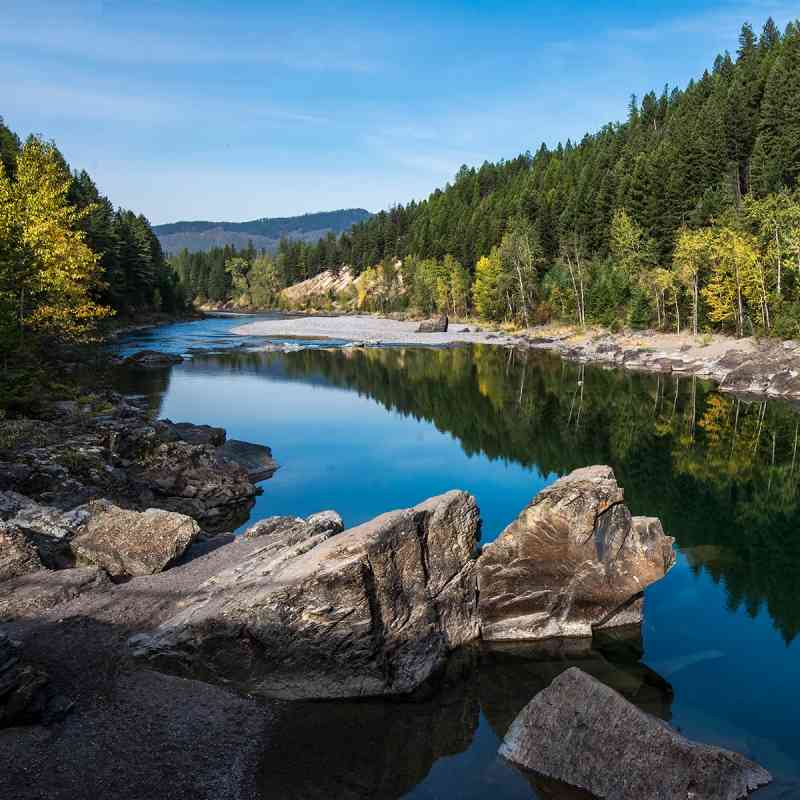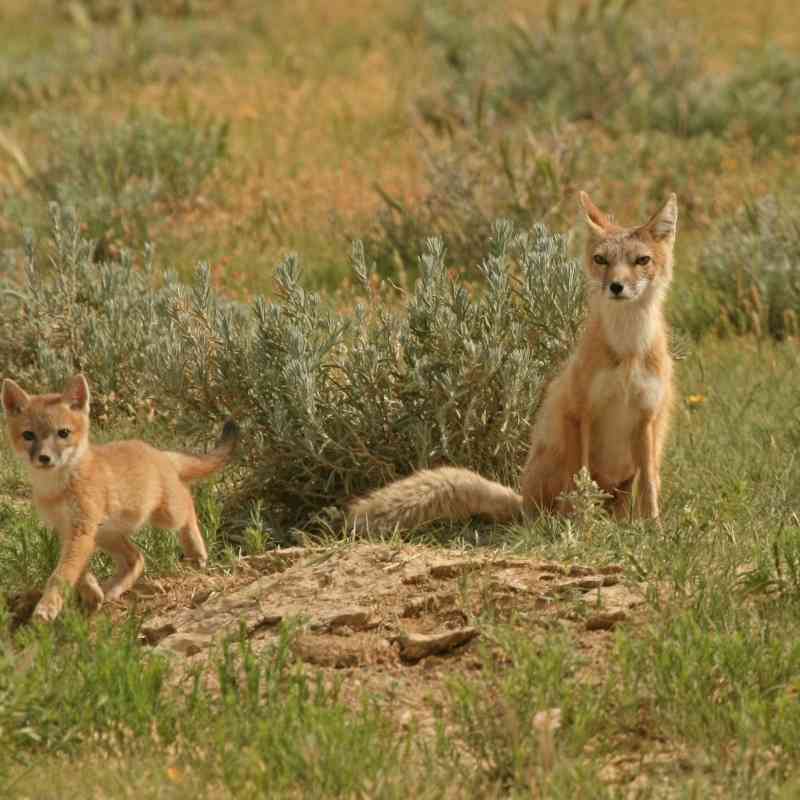Tucked into the southeastern corner of Georgia is a vibrant wilderness of cypress forests, canoe trails and sun-drenched prairies. Okefenokee National Wildlife Refuge is the largest refuge east of the Mississippi, but it continues to face a fight for survival. Of the nation’s many controversial mines, few are more vilified, politically embattled or consequential than the one proposed by Twin Pines Minerals, an Alabama company whose property abuts Okefenokee. Scientists, federal agencies and local counties have repeatedly denounced the mine for its dire threats. By lowering the water table of Okefenokee, mining could transform the Refuge to a dried-out shell of its former self, forever damaging the country’s largest blackwater wetland.
In February, the U.S. Fish and Wildlife Service took a step toward ensuring that never happens. In a letter submitted to the state permitting entity, the Georgia Environmental Protection Division, FWS formally cautioned “any decision regarding the proposed mining permit must be made with consideration of federal reserved water rights. It is imperative that these rights be safeguarded to ensure the long-term health and viability of the Okefenokee wetland ecosystem.” FWS called on Georgia to pause the permitting process.
Long upheld by the Supreme Court, the reserved water rights doctrine holds that, when national parks, monuments and refuges are established, the federal government sets aside the amount of water necessary to fulfill their purposes. Because Okefenokee is managed as a refuge and a wilderness area, developers cannot take the water needed by wildlife and paddlers. According to Dr. Rhett Jackson of the University of Georgia, Twin Pines would rob the Refuge of over 500,000 gallons of water per day, tripling the duration and severity of drought. This in turn could render certain canoe trails impassable, while increasing the risk of catastrophic fire, undermining the long-term management of Okefenokee.
While far from glamorous, the reserved water rights doctrine has played a quiet but pivotal role in protecting the integrity of iconic American landscapes. Typically, the federal government negotiates settlements with states to guarantee the use and protection of water resources indefinitely. Whether it be the geysers of Yellowstone, the placid lakes of Glacier National Park or the springs of Arches National Park, all have been protected through reserved water rights agreements. In Utah, the National Park Service and the state worked together to create groundwater protection zones extending well beyond the boundaries of both Arches and Zion National Parks, forever securing their groundwater resources.
Just as those parks live and die by water, so does Okefenokee.
In the early 1900s, biologists implored the federal government to protect Okefenokee as the outstanding example of an intact wetland wilderness, replete with black bears, alligators, panthers and even, it was rumored, the now-extinct ivory-billed woodpecker hidden amongst its cypress forests. Indeed, the U.S. Biological Survey (predecessor to the FWS) declared Okefenokee to have “no counterpart anywhere in the world.” The agency also warned that “its complete exploitation for commercial purposes, with the accompanying destruction of primeval conditions would be a severe loss to science and to the Nation, just as its preservation in its original state would be a cause for rejoicing and lasting benefit to the whole country.”
With the long shadow of mining hanging over the Refuge, those words remain relevant today. First, there was DuPont; today, there is Twin Pines. Without durable protections, other companies will follow, miring the Swamp in indefinite conflict. Thankfully, FWS has its own vision for the Refuge’s future, which does not include dangerous mining. By raising a shield with the reserved water rights doctrine, the federal government has charted a clear path to address present and future mining threats.
It is time for Georgia to recognize the moment at hand and reach an agreement securing federal reserved water rights in Okefenokee in the same way Yellowstone, Zion and Arches were protected for wildlife and people alike. Anything less would not only violate federal law but fly in the face of the expressed will of local communities, political leaders and hundreds of thousands of people, all of whom want to protect the Refuge from mining once and for all.
Author

Christian Hunt
comments
Wildlife & Wild Places





